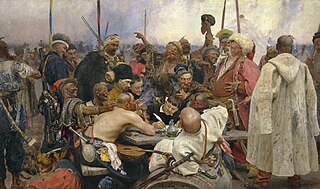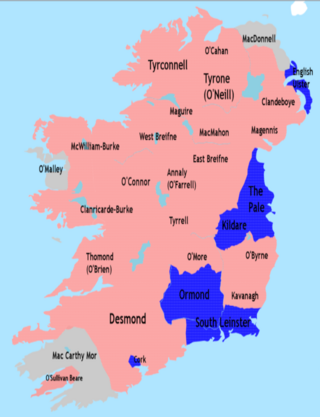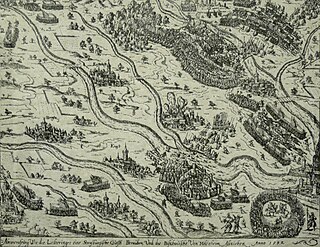 W
WThe French Wars of Religion were a prolonged period of war and popular unrest between Catholics and Huguenots in the Kingdom of France between 1562 and 1598. It is estimated that three million people perished in this period from violence, famine, or disease in what is considered the second deadliest religious war in European history.
 W
WKosiński uprising (1591–1593) is a name applied to two rebellions in the Polish–Lithuanian Commonwealth organised by Krzysztof Kosiński against the local Ruthenian nobility and magnates.
 W
WThis article is a list of the participants, both civilian and military, of the Nine Years' War in Ireland. The war was fought in the late 16th and early 17th century and was a conflict between a coalition of Irish lords and their Spanish allies against the English and their authorities in Ireland.In order to be listed here an individual must have a historical record of their conduct, position or any role they played in the war during the years 1593-1603.
 W
WThe Long Turkish War or Thirteen Years' War was an indecisive land war between the Habsburg Monarchy and the Ottoman Empire, primarily over the Principalities of Wallachia, Transylvania, and Moldavia. It was waged from 1593 to 1606 but in Europe it is sometimes called the Fifteen Years War, reckoning from the 1591–92 Turkish campaign that captured Bihać.
 W
WThe Nine Years' War, sometimes called Tyrone's Rebellion, took place in Ireland from 1593 to 1603. It was fought between an Irish alliance—led mainly by Hugh O'Neill of Tyrone and Hugh Roe O'Donnell of Tyrconnell—against English rule in Ireland, and was a response to the then-ongoing Tudor conquest of Ireland. The war was fought in all parts of the country, but mainly in the northern province of Ulster. The Irish alliance won some important early victories, such as the Battle of Clontibret (1595) and the Battle of the Yellow Ford (1598), but the English won a decisive victory against the alliance and their Spanish allies in the Siege of Kinsale (1601–02). The war ended with the Treaty of Mellifont (1603). Many of the defeated northern lords left Ireland to seek support for a new uprising in the Flight of the Earls (1607), never to return. This marked the end of Gaelic Ireland and led to the Plantation of Ulster.
 W
WThe Rappenkrieg was a peasant uprising lasting from 1591–1594, involving a conflict between the Swiss city of Basel and the surrounding Prince-Bishopric of Basel.
 W
WThe Strasbourg Bishops' War (1592–1604) was a conflict between Protestants and Catholics for control of the Bishopric of Strasbourg. It was one of only two sectarian or confessional conflicts, both highly localised, that occurred within the Holy Roman Empire between the Peace of Augsburg (1555) and the outbreak of the Thirty Years' War (1618). It was less bloody than the Cologne War (1583–88). It coincided with the Counter-Reformation and the Spanish Winter (1598–99), and the Catholic victory caused Protestants in Germany great worry that the tide had turned decidedly against them.